When it comes to fitness, few topics spark as much debate as stretching. Should you stretch before exercising to prepare your muscles, or is it better to save stretching for after your workout to aid recovery? Science has some clear insights — and knowing when to stretch can help you get the most out of your workouts, stay injury-free, and improve flexibility over time.
Let’s break it down.
🔑 The Two Main Types of Stretching
Before we answer when to stretch, we need to understand what kind of stretching we’re talking about:
1. Dynamic Stretching
- Involves moving your body through controlled, full ranges of motion.
- Examples: leg swings, arm circles, walking lunges, torso twists.
- Benefits: Increases blood flow, raises core temperature, and preps your nervous system for activity.
2. Static Stretching
- Involves holding a stretch in one position for 20–60 seconds.
- Examples: touching your toes, seated hamstring stretch, quadriceps hold.
- Benefits: Improves flexibility and helps muscles relax.
🏋️ Stretching Before a Workout
✅ Why It Works
- Dynamic stretching before exercise improves performance.
- It primes your muscles, joints, and nervous system.
- Studies show it helps reduce stiffness, increase range of motion, and prevent strains.
❌ What to Avoid
- Long static stretches before workouts can temporarily reduce strength and power.
- Example: Holding a deep hamstring stretch for 60 seconds before sprinting could slow you down.
👉 Best practice: Do dynamic stretches pre-workout, skip the static holds.
🧘 Stretching After a Workout
✅ Why It Works
- After exercise, your muscles are warm, which makes static stretching more effective.
- Helps reduce muscle tightness and may lower post-exercise soreness.
- Supports long-term flexibility gains.
❌ What Not to Expect
- Stretching after a workout won’t magically erase all soreness (DOMS), but it helps you recover better over time.
👉 Best practice: End your workout with static stretches, holding each position for 20–30 seconds.
🧪 What Science Says (The Evidence)
- Dynamic stretches before exercise = better performance.
(Journal of Strength & Conditioning Research, 2012) - Static stretches before strength or power training = reduced performance.
(Scandinavian Journal of Medicine & Science in Sports, 2013) - Static stretches after exercise = long-term flexibility benefits.
(American College of Sports Medicine Guidelines)
In short: The timing matters as much as the type.
⚡ Practical Takeaway
- Before workouts → Dynamic stretching.
Think: high knees, walking lunges, arm circles. - After workouts → Static stretching.
Think: seated hamstring stretch, quad hold, child’s pose.
This combo gives you the best of both worlds — peak performance and lasting flexibility.
✅ Conclusion
Stretching is essential, but when you do it matters.
- Before workouts: keep it dynamic, active, and movement-based.
- After workouts: slow it down with static stretches to recover and improve flexibility.
💬 What about you? Do you feel better stretching before, after, or both? Drop your experience in the comments — your insight could help others!


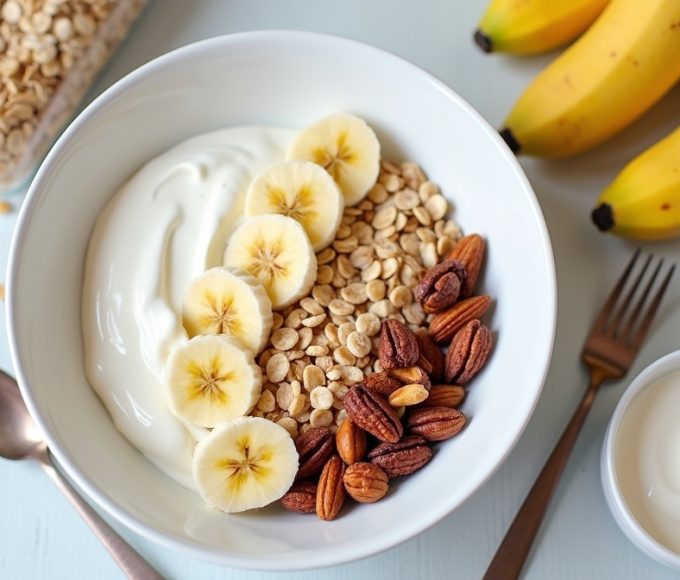










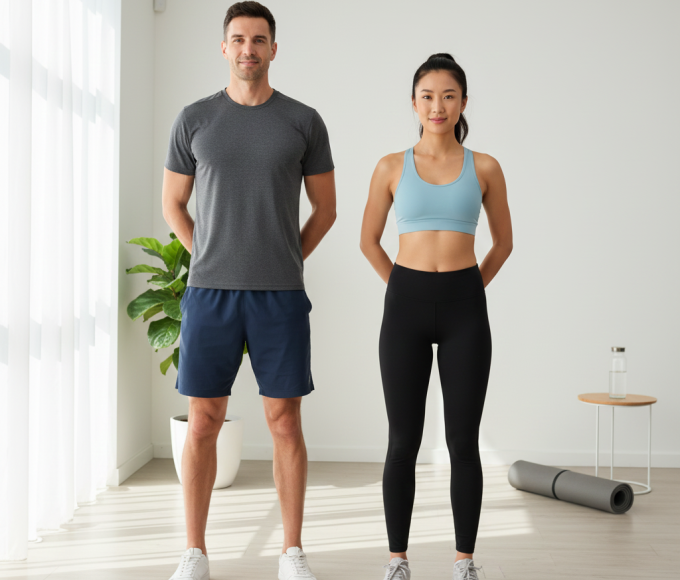













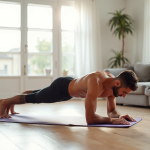
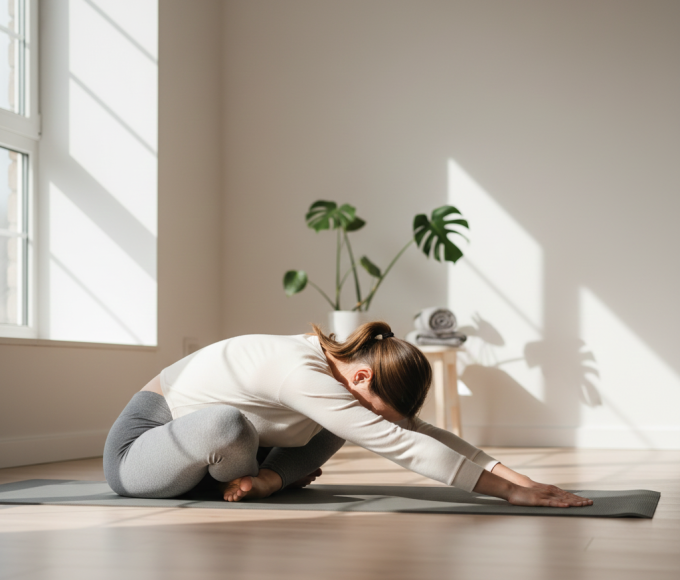
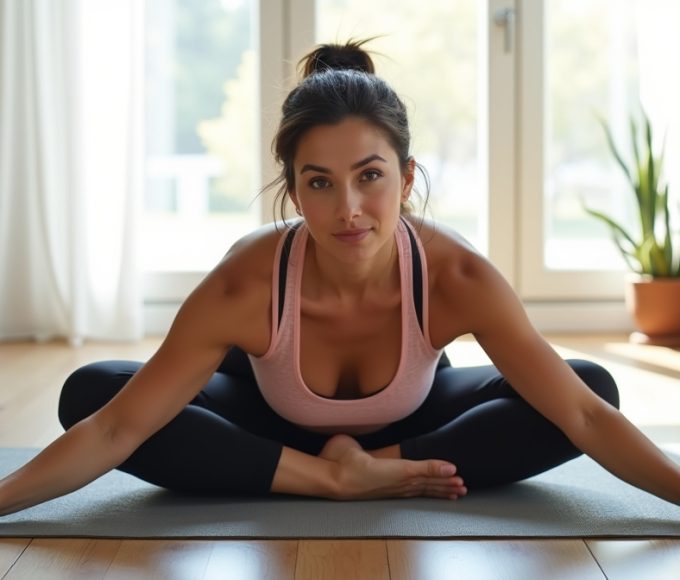
Good article 👍 👏 👌
Thanks alot for this🙏